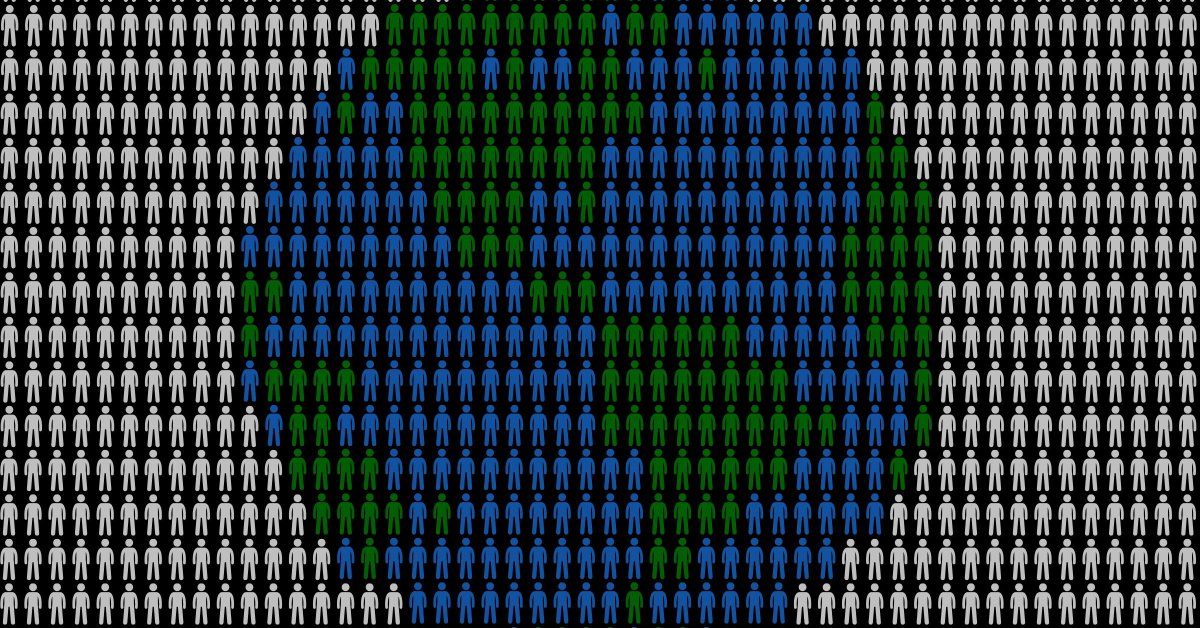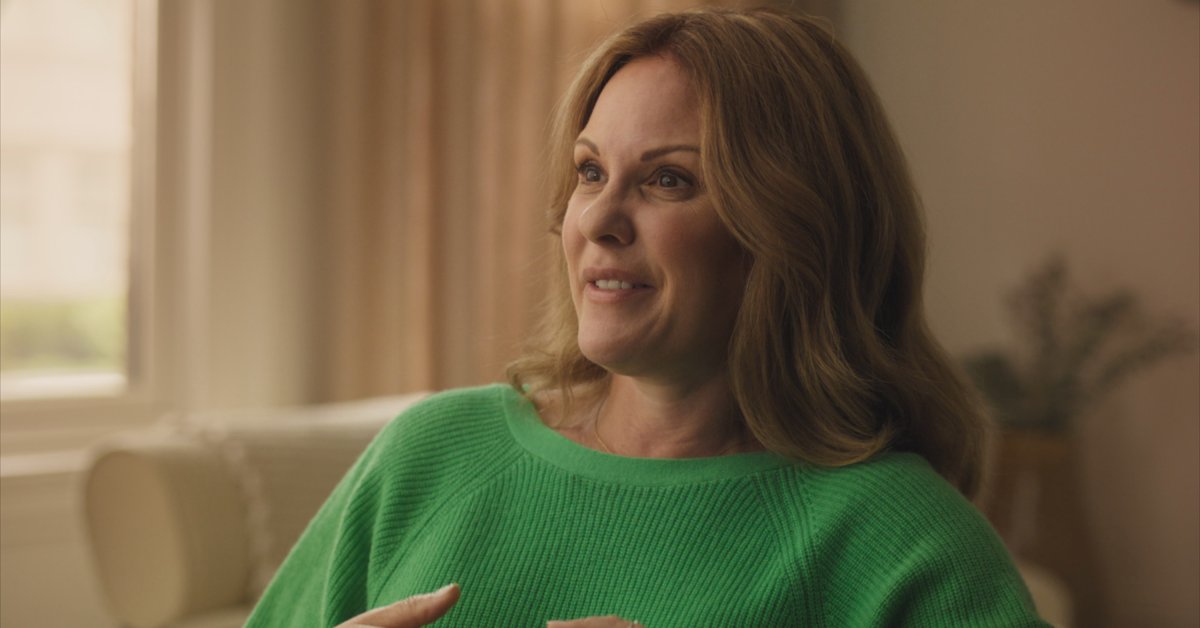In their new book After the Spike, demographers Dean Spears and Michael Geruso make the counterintuitive case for worrying less about overpopulation and more about depopulation. Comparing it to climate change, they say population shrinkage is coming and once it starts it could be hard to stop.
The highest number of births the planet has ever seen was in 2012, when 146 million children were born. The global population has continued to increase since then, even though the birth rate has fallen, largely because the world has gotten better at preventing the deaths of children. But now people are having smaller families, and in the next half century or so, death rates will exceed birth rates. That’s what the two associate professors of economics at the University of Texas at Austin refer to as “the spike,” the period of sharp growth and possibly equally sharp decline in population.
Spears, who is also the founder of r.i.c.e., the Research Institute of Compassionate Economics, which is focused on child health in Uttar Pradesh, has seen this process happen in real time in India where the average birth rate (i.e. the average number of children a woman will give birth to in her lifetime) has dropped to fewer than two as the country has got more prosperous.
TIME spoke to Spears and Geruso about why there should not be fewer people on a planet that feels like it’s straining to sustain the 8 billion we have, why people around the world are choosing to keep their families small, and what, if anything, should be done.
This interview has been edited and condensed for clarity.
For years, people have been working under the assumption that the planet has too many people, and we need to pump the brakes a bit on population. Is this not true?
Spears: Depopulation is now the most likely future. In a few decades, the world’s population will stop growing and begin to decline, and there’s no reason to believe that once that happens, it’ll automatically reverse. So a big question before us is, should we welcome that or should we want something else to happen?
Why won’t the population fall a bit and then just stabilize?
Michael Geruso: The key number here is two. Without two children in the next generation to replace two parents in the prior generation, the generations will shrink, and that will happen whether the population level is 10 billion or more, or if the population is tiny. I think it could continue to make sense for people’s individual lives to decide that something that averages out to about 1.6 kids, like in the U.S. today or 1.4 kids, like in Europe, is the right choice for them.
During drought conditions, kangaroos don’t breed, but when conditions improve, they start again. Why do you think that people will not start having more children again?
Spears: People are unlike kangaroos in that they make decisions in response to their societies, their cultures, their families, their economies. And for centuries, the decisions that people have been making have been moving towards lower and lower birth rates—from a worldwide average of six in 1800 to five and a half in 1900 to five in 1950 and less than half of that now. It’s been a long-term trajectory down; it hasn’t been just a response to immediate conditions. For that to stop and turn around would be a reversal of a big trend when all of the social and economic and cultural and family reasons that people are having fewer children probably aren’t just going to disappear.
There are 26 countries where the birth rate has fallen below replacement since 1950 and it has never risen again, even though those countries’ populations have grown because of lower infant mortality or immigration. Why does the birth rate stay down?
Geruso: Well, everybody has a different theory. Some people talk about contraception, and contraception is super important. But contraception isn’t going to explain, for example, why the birth rate in Sweden has declined from 1.9 to 1.4 over the last decade. It wasn’t because in 2015 women in Sweden got access to the pill for the first time. We’ve heard people talk about the decline in marriage. We’ve heard people talk about a retreat from religion and tradition. But we see birth rates converging to low levels everywhere around the world, in rich places, in poor places, in places where religion is important, in places that are receding from religion, in places where marriage remains nearly universal. Part of the big challenge here is that social scientists, policymakers, researchers don’t yet have a very firm grasp on the exact causes.
Don’t more people mean more environmental harm, more deforestation, more carbon emissions, more sprawl?
Spears: Yes, we have big environmental challenges. And it’s natural to think that the way to protect the environment is to have fewer humans. What we say in After the Spike is that the idea that depopulation is the way to confront our environmental challenges now doesn’t consider the history of how we’ve made environmental progress. One of the environmental challenges in the 1960s and 1970s was that we were burning leaded gasoline in our vehicles. The way that in the United States it was solved was through the Clean Air Act of 1970 and various amendments that phased out the use of leaded gas. The way that the world solved the problem of ozone depletion was to ban the use of chlorofluorocarbons in the Montreal Protocol. Every time we’ve made progress against an environmental challenge before, it’s been while the population was growing, by addressing the challenge directly.
But there is a limited supply of resources. Won’t there be more conflict over land or water or nonrenewable resources if there are more people?
Spears: We’re not advocating for endless population growth generation after generation. What we’re proposing is that we should consider whether we should welcome depopulation, remaking the future by default, or if instead it would be better for the world’s population to stabilize at some level, perhaps at a level much lower than today’s. After the population peaks and begins to decline, which is overwhelmingly the most likely future, if you want a stabilized population someday, then the birth rate would have to rise to go back up, and basically you have the same sort of question to answer, which is, how in that future would we get to an average birth rate of two children for two adults?
What are the positive sides of a bigger population?
Geruso: At a fundamental level—although we don’t always feel it and we don’t always recognize it, and then we don’t always credit it—other people are good for us. What separates life now from life a couple of hundred years ago—when as many as half of children died before adulthood, when people didn’t have basic material security, when extreme poverty was above 80% of the world, as opposed to today, where it’s below 15%—is the work, the ideas, the innovation, the progress. What’s made that progress so spectacular is that many minds have been at work, sharing knowledge, learning things, and building the progress that we all now get to enjoy.
The population decline is predicted to start in about 2080. Won’t the people of 2080 begin to see “Hey, we need more people”?
Spears: Right now, in 2025 we don’t have all of the answers that we need for the fight against climate change, but we’re in a lot better position than we would have been if people hadn’t been thinking about it and working on it for decades. The year 2080—or 2084 as the U.N. says—is about six decades from now. Six decades ago, people knew some big-picture facts about climate change. People were starting the scientific research, starting to build a social and political movement to understand that decarbonizing was a good idea. That left us in a better position today to make the decisions and implement the changes that we need to make. We have the option to get started today talking about what sort of future we should try to be building for the next generations, whether we should be trying to make parenting better, fairer, easier, more supported, whether we should welcome depopulation or prefer something else. We can be doing that research, building that sort of social consensus, so that as the decades go on, people are in a better position to deal with the challenges that they’ll face.
Isn’t climate change different because we are dealing with something that we don’t exactly know how to solve whereas we do know how to have children?
Geruso: I actually think the analogy is quite close, where we could, for a very long time, live in a world where each person’s individual decision that makes sense for them might be to continue emitting carbon, might be to continue having smaller families, and they should, in the case of fertility, be free to make those choices. And so we have a big question and a big challenge, which is, how can we build a world in which people who aspire to have more children feel supported, feel able to have those larger families, to choose to have a family in the first place, to choose to have children in the first place?
Are there any countries that are over-performing in your terms? And are there qualities of those countries that we could seek to emulate, or is it mostly poverty and the need to have more children?
Spears: About two-thirds of people around the world live in a country where the birth rate is below two, meaning about a third of the people live in a country where it isn’t. But essentially everywhere, over a long enough horizon, birth rates are falling. So in sub-Saharan Africa, the birth rate now is 4.3, but it was 5 in 2014 and it was 6.4 in 1950, so it’s falling there too. The level of secondary education in sub-Saharan Africa for girls was not so different than it was in India a few decades ago, and the birth rate in Africa is not so different than it was in India a few decades ago. The population of Africa is going to keep growing within the 21st century. There are 1.2 billion people living there now. It’ll be up to around 3 billion at the end of the century. They’re just at a different place on the path to where higher living standards and lower birth rates have tended to go together.
So are humans the opposite of kangaroos? When conditions are good, do we stop having as many children instead of when conditions are tough?
Spears: Here in the U.S. what we most commonly hear is that people aren’t having children because kids just aren’t affordable; the price of childcare and housing and college are all so much higher than they used to be. But we don’t see richer people within societies having these large families, we see richer countries having lower birth rates on average, and we see a long-term trend, where as countries are experiencing higher living standards, they also tend to be getting lower birth rates.
What are the key things that should be done now to stabilize the population?
Geruso: Today, I think relatively few people would come into a conversation about low birth rates with the view that other people on the planet make life better for all of us. If we will ever bend humanity’s path away from global depopulation, that would need a major investment in reorganization of our economy, of our institutions, of our cultures, to support and prioritize parenting and caregiving. And there’s no reason to think that that serious investment is going to happen as long as we’re hanging on to these anti-people sentiments. So the first step has to be a broad understanding that we all benefit from living in a big world. That has to come before any policy recommendations.
One of the reasons you wrote the book is that you want “kinder people” to talk about the challenges of depopulation, as well as people who are creating fear about it to push an agenda. It sounds a bit like you think that the right has hijacked the pro-people argument—that you’re trying to bring people who consider themselves progressive into the idea that population is good.
Geruso: There’s a problem where sometimes Democrats, liberals, progressives accept the implicit assumption in the conservative view, which is that if we were to talk about the social value of raising birth rates, then we must be talking about some sort of regression on gender equity and progress for women. The reason why we should reject that assumption is because we shouldn’t believe that children are just the responsibility of women. They’re the responsibility of all of us.
Spears: My research is about India. Part of what we’re doing is trying to lift everybody’s gaze up a bit to the fact that low birth rates and a future of depopulation is something that’s a globally shared situation, that the birth rate in India isn’t so different from the birth rate in the United States and that we’re all on a shared path together to global depopulation.
You’re both fathers. How many children do you each have?
Geruso: I have one kid—an 11-year-old.
Spears: I’ve got two kiddos. You’ll see in the book how that happened.








